
TABLE OF CONTENTS
As we just learned, in-die automatic lubrication systems are designed to apply lubricant precisely within a stamping die during metal forming processes. These systems ensure that moving parts, such as punches, dies, and slides, receive the right amount of lubrication at the right time. They play a crucial role in dissipating heat, reducing friction, prolonging die life, and minimizing downtime from press room equipment failure.
Pax Products offers two main in-die lubrication systems:
When comparing the Pre-Pressurized System by Pax Products to other lubrication methods, it’s essential to consider various approaches. Here are some common lubrication methods and their characteristics:
Each method has its advantages and limitations. To choose the right lubrication method for your equipment, assess factors like machinery type, operating conditions, and manufacturer recommendations.
Pax's innovative Pre-Pressurized System was originally designed in 1975 to optimize lubrication efficiency for stamping and other industrial applications. Its key features include:
The Pax Pre-Pressurized system includes a PCB membrane switch with standard functions:
Optional advanced controls offer additional functionalities.
Below is an overview of the available PAX pre-pressurized in-die lube systems. For complete model options and details, along with system options and fittings, contact PRI to speak with one of our application engineers.
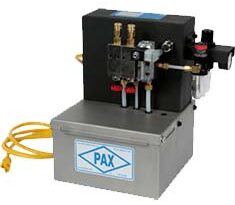
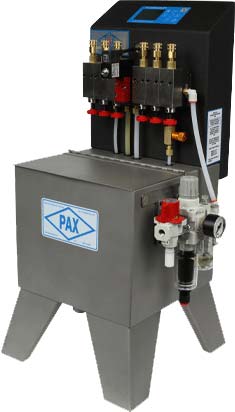
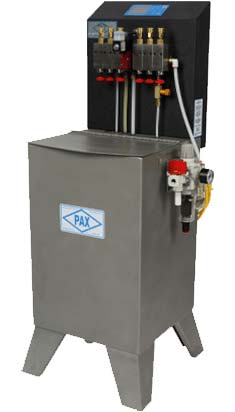
Pax tankless systems can be utilized with central lubrication supply systems or to spray lubrication directly out of the drum or other reservoirs
Tankless systems require require either a supply pump and filter assembly or a barrel mount supply pump assembly (examples shown below).
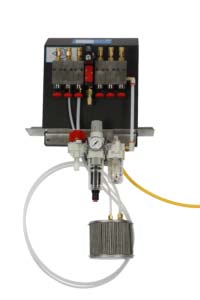
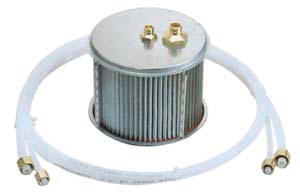
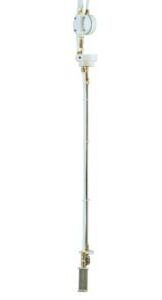
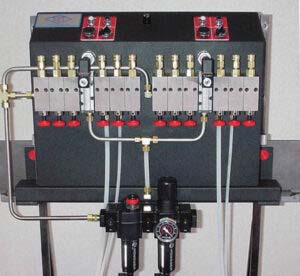

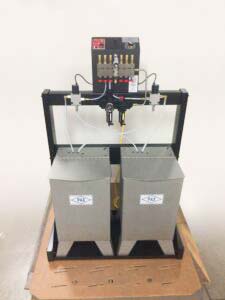
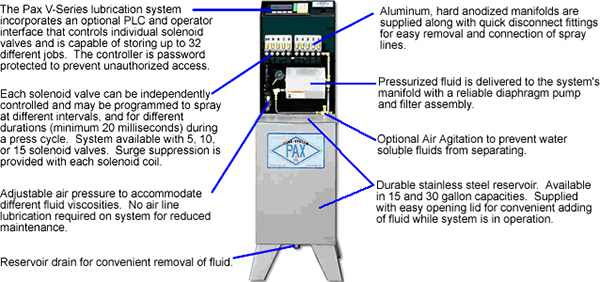
V-Series Models with Reservoirs
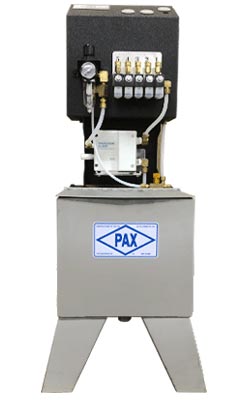
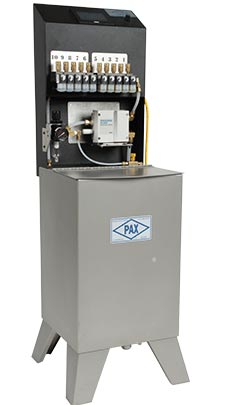


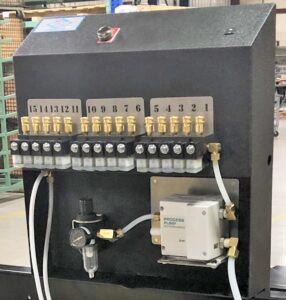
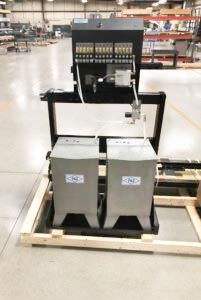
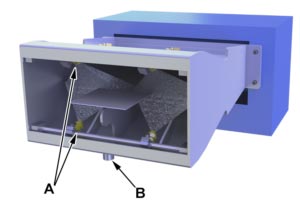
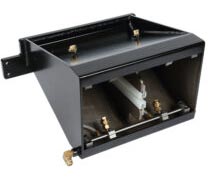
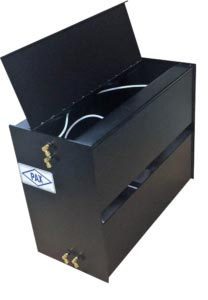
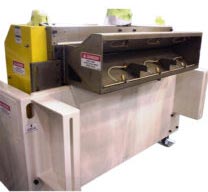
For more information on our collection of Pax Products, please visit the following links on the Pax Website ( links open in new tab):


© 2004-2025